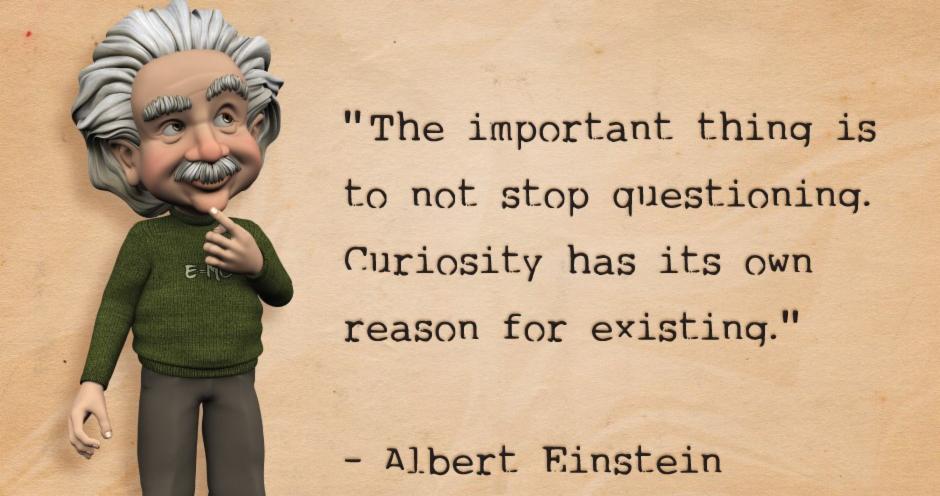Whether producing a podcast or a video blog, speed and timeliness are expected in social media content creation. But failing to give yourself time for post-production will hurt your end product.
For weeks, you’ve been watching the cinema blogs slowly break the news. The stars have aligned, and your favorite Hollywood creators have been spotted all over town filming season two of your go-to binge show. Last season ended with a dramatic twist and you’ve heard rumors one star won’t be coming back. You can’t wait until filming wraps! But you’ll have to – because you can’t Netflix and chill until the new season goes through post-production.
What is post-production? Post-production is key to cohesive storytelling and artistic creation. For movies and TV, this means not only editing but packaging and perfecting the piece. Filmmakers and editors comb through raw footage, piece together the story, and also add in all those bells and whistles. From background music to voice overs, sound and visual effects to opening and closing credits, there’s a lot that goes into creating a movie or series.
Producing a long-form story is a huge undertaking. In fact, it could take between six to 12 months for a movie to go through post-production. Sure, some movies and shows can be shot and created quickly – it all depends on factors like sets, special effects, actor availability, and audience expectations – but there’s still much to orchestrate.
However, post-production is not a term that’s exclusive to Hollywood. What about social media post-production? Your podcasts and videos may not be sweeping historical romances, but they still require time to create. If you fail to plan for social media post-production time, you will be doing yourself and your followers a disservice.
Time and Social Media
Time moves differently on social media. A post can achieve record status almost instantaneously, and then disappear from the zeitgeist later that day. Old videos and messages can come back to haunt creators, or be recycled and revamped to create something new. What happened a day ago can represent the passage of several social media cycles.
Consider expectations around response times for brands on social media. No matter the platform, customers and audience members expect prompt and courteous response times. But the average response time and expected response time differ. According to stats from Sprout Social, after reaching out to a brand on social media, 40% of consumers expect a reply within the hour. Understandably, that can be a tight turnaround for some small organizations. The (somewhat) good news? Nearly 80% of consumers are looking for a reply within 24 hours.
Expectations and reality can differ, and that’s why it’s important for brands to balance timely activity with realistic expectations. How often is your audience looking to hear from you? When do they seek out your new content? These are questions to consider as you build your social media post-production timelines.

Podcast Creation Timelines
There are relatively few barriers for content creators when it comes to launching a podcast today. Free and low-cost options, plus the technology that is already available in personal smartphones and computers, make podcasts an easy outlet to explore. However, while podcast ideas and recording may come easily, that does not mean production will be a breeze.
Podcasts range in length and topic. You could have a five-minute podcast on meditation or a 30-minute podcast on gardening. But in either case, the time you need to create will be longer than it takes for your audience to listen. Remember, if you record for an hour, that’s an hour of audio to then listen to and edit. Additionally, there are elements like intros and outros to incorporate during your post-production. Then, there is time to create any show notes or promotional copy, upload to your podcast host, and distribute on social media.
There are various estimates of how long it actually takes to create a podcast, but it will also depend on your personal skills and availability, as well as type of podcast. If it is unreasonable for you to tell your audiences a new episode is going to drop moments after interviewing your guest, don’t make that promise. Build up a bank of episodes that can be dropped throughout the month when you can.
Video Creation Timelines
Social media videos can operate a little differently, depending on the platform for which they are created. For example, an Instagram video featuring a recipe how-to has a longer shelf life and can take time to come together. (Provided, of course, your ingredients are in season and available!) Meanwhile, a hot take shared on Twitter or even YouTube should be thoughtful but not outdated.
Your social media post-production will go much smoother if you are creating video with the right equipment and clear goals in mind. So, maybe you are filming a timely blog to regularly share on YouTube. It’s understandable that some of that content is going to come together on the fly. In such a case, consider what you can do to plan ahead. Block off time on your calendar each week for filming. Create a one-time intro that can be reused each week. If you know you need to film a video that’s seven to 15 minutes in length (perhaps the sweet spot for YouTube videos, according to Social Media Examiner), make sure you have double or triple that amount of time to record. You may want to do a few takes.
Social media post-production is a bit like a checklist for creators – in fact, it can’t hurt to have a physical checklist! Additionally, while podcasts and videos are two areas to zoom in on, post-production also applies for other formats. Ever spent hours combing through a photo shoot to find the right Instagram pic and then more time editing it? Remember that social media is work. Each of the steps involved to see your content go from idea to post, no matter how big or small, takes time to do.




